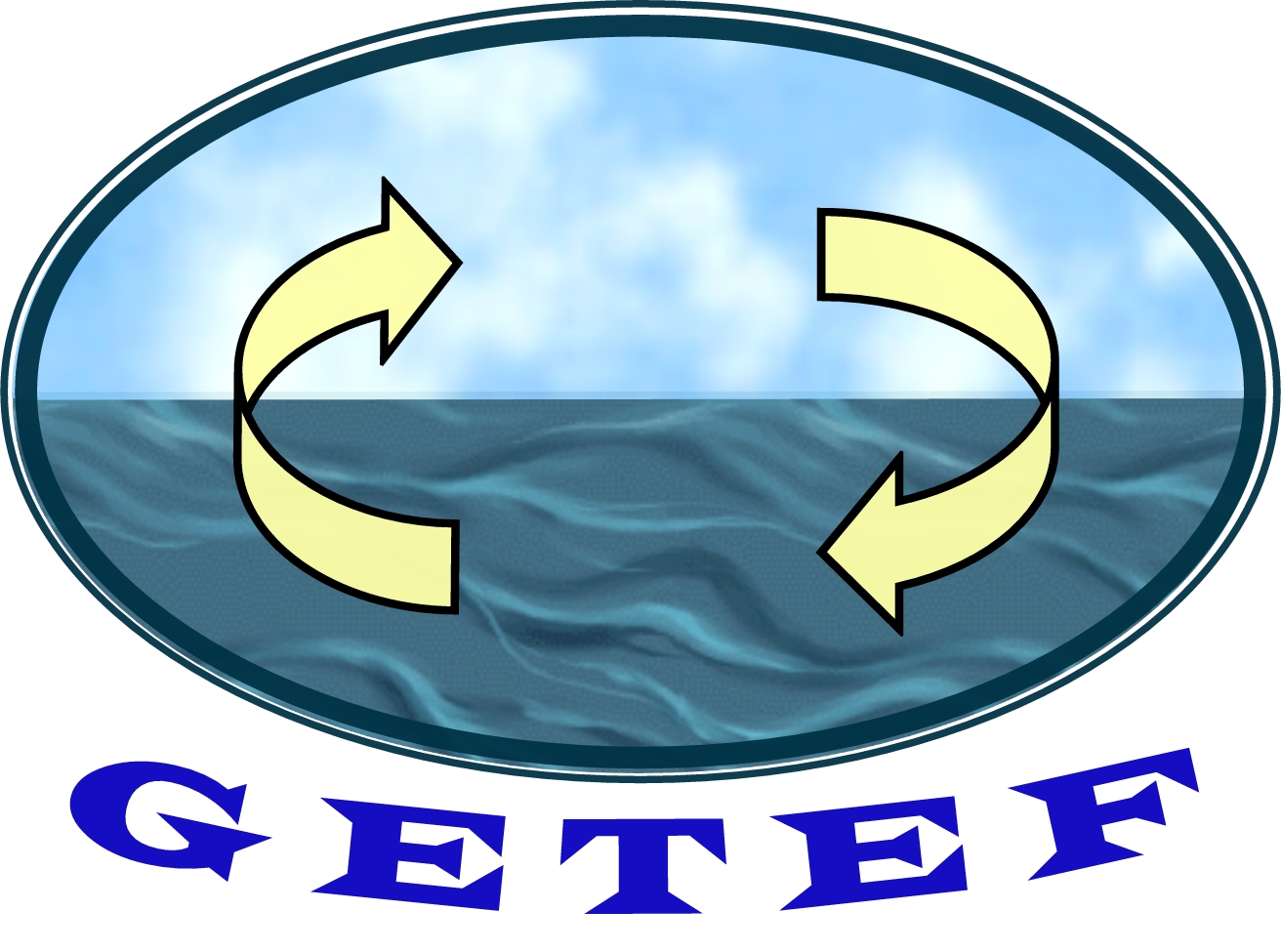Fundamentals of Statistical Physics
Material for the classes of the discipline "Fundamentals of Statistical Physics" taught in the first year of the Degree in Physics and the second year of the Joint Studies Program of Degree in Physics and Degree in Mathematics at the University of Valladolid (UVa). It is a very interesting challenge to elaborate a course of such a complex discipline as Statistical Physics that, on the one hand, is simple enough at a formal level and, on the other hand, is conceptually rigorous, useful for the students and coherent with the more advanced subjects of the curriculum (in particular, with those of Thermology, namely, "Thermodynamics" and "Statistical Physics"). Although this is a difficult task, it is not impossible, thanks to the fact that the formulation of Statistical Physics based on the Maximum Entropy Principle of E.T. Jaynes (1957) does not require great knowledge of Classical or Quantum Mechanics for a first approximation. From Jaynes' point of view, the problem solved in Statistical Physics is the inference of the probabilities of the microstates (microscopic configurations) of a system from the laws of Probability Theory and a few known macroscopic constraints. The philosophy of the course is that, by understanding the conceptual reasons why this statistical inference process works, students can find all the thermodynamic information of a system from a given model of reality. In this way, the course allows students to develop a mental scheme of how Thermodynamics and Statistical Physics work and their relationship with the rest of Physics, to learn the mechanism of calculating the entropic thermodynamic potentials and to apply it to simple models whose details, at a mechanical level, they do not necessarily understand in depth.
Solved Problems of Fundamentals of Statistical Physics
This text arises as support material to accompany the notes of the theory course Fundamentals of Statistical Physics, prepared for the classes given in the first course of the Degree in Physics and in the second course of the Joint Studies Program of Degree in Physics and Degree in Mathematics of the University of Valladolid. In this work the development of the solutions to the problems proposed in each chapter of the mentioned theory course is collected. Therefore, the formalism (Maximum Entropy Principle and entropic formulation of Thermodynamics) developed therein is followed, using the same notation and under the same structure.
